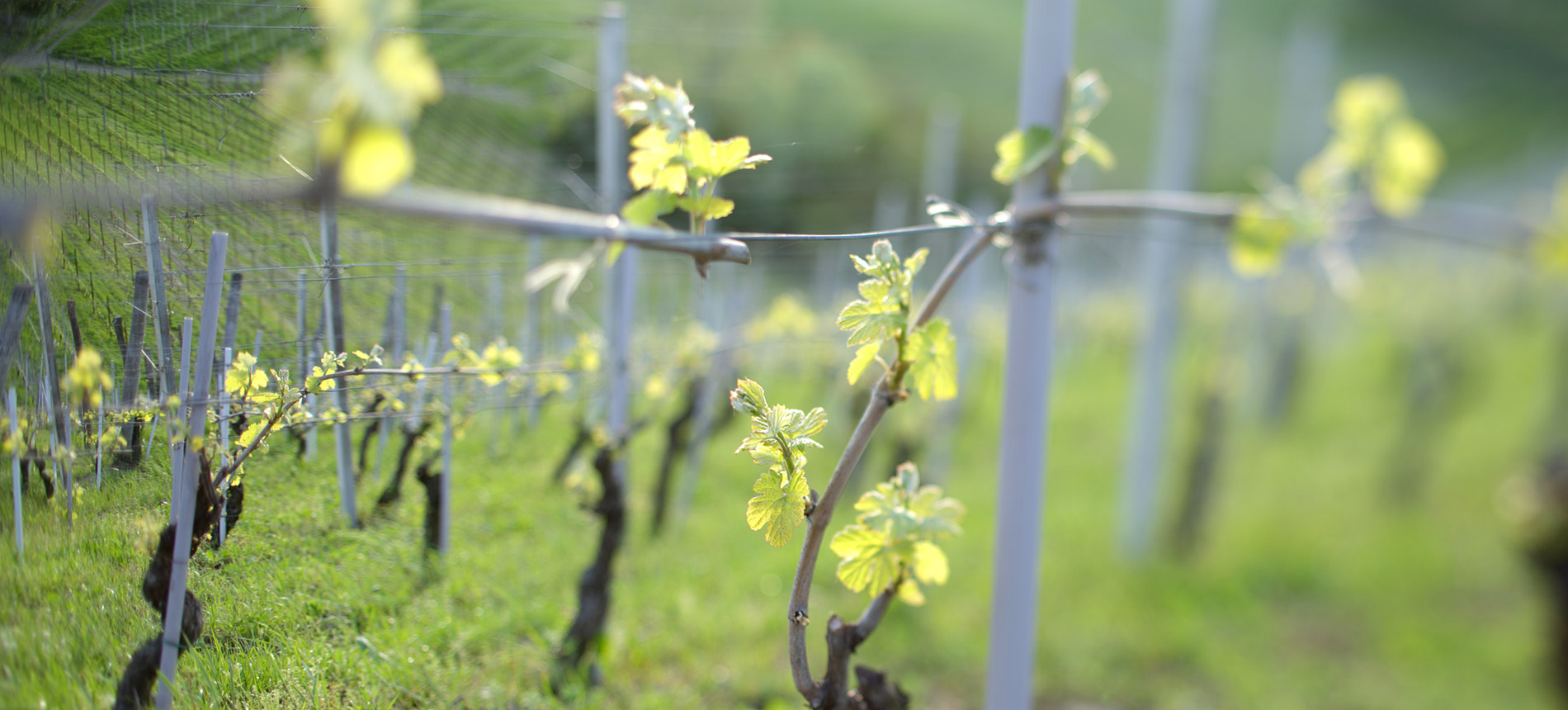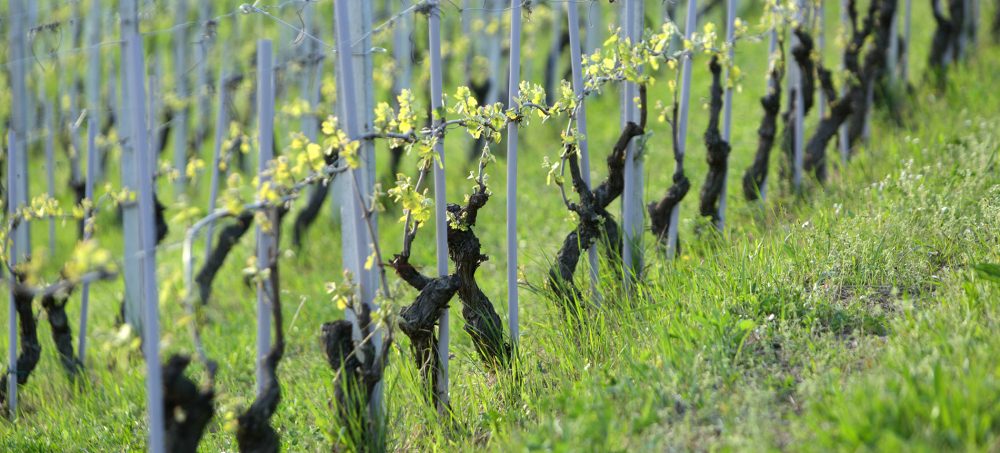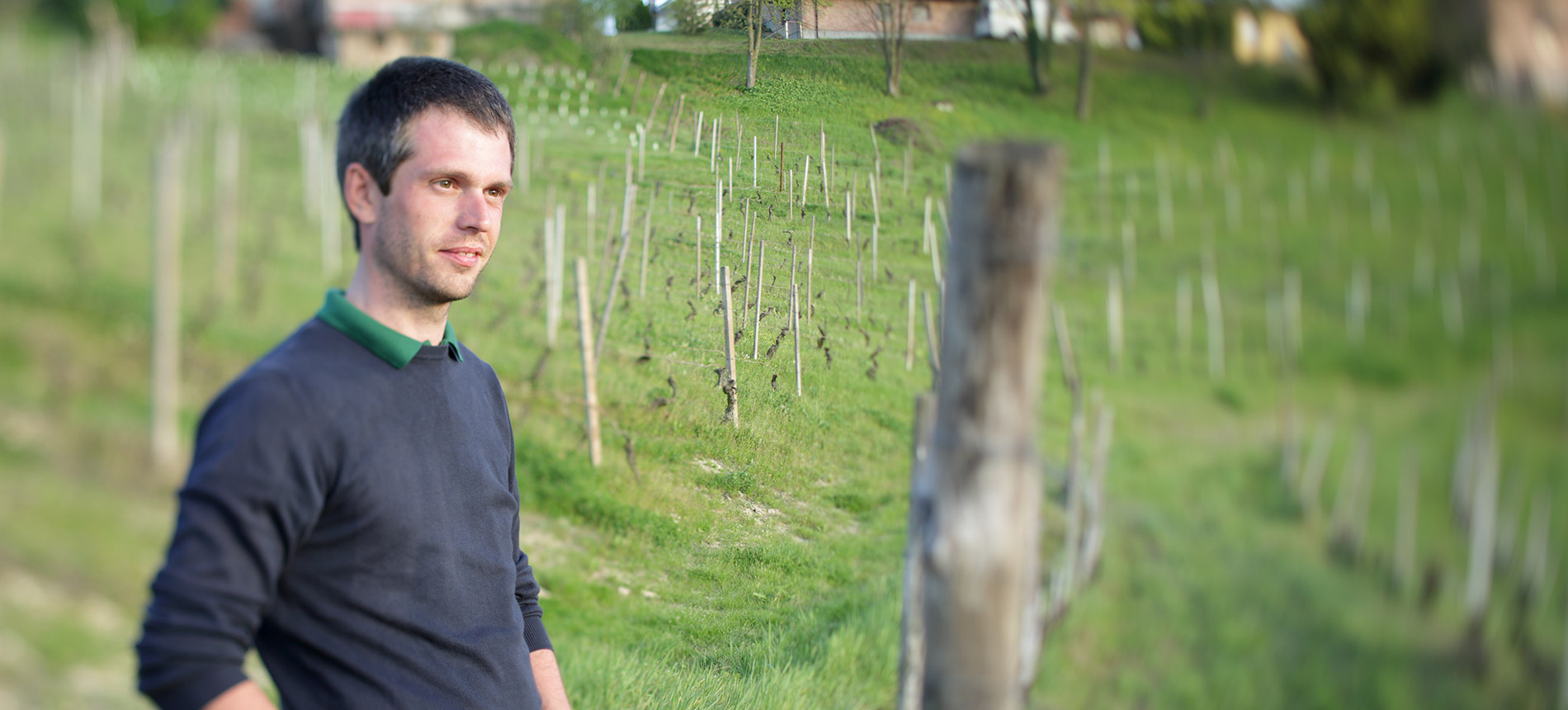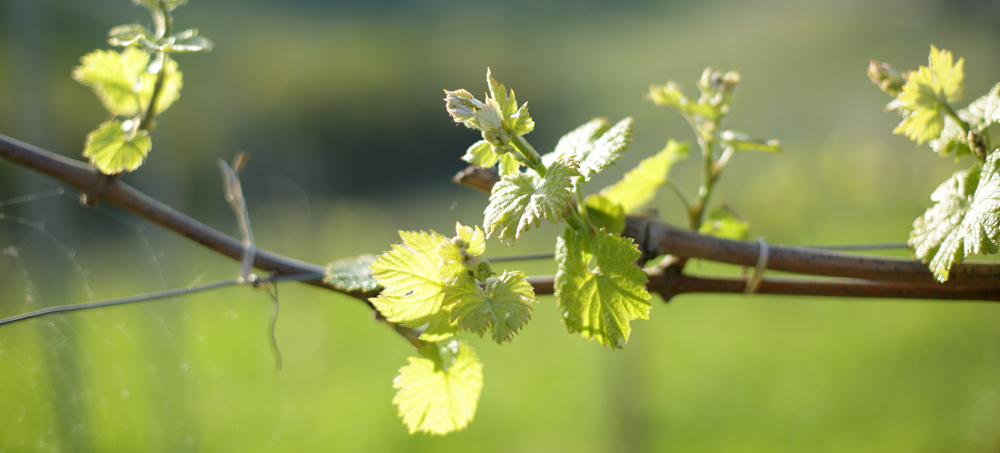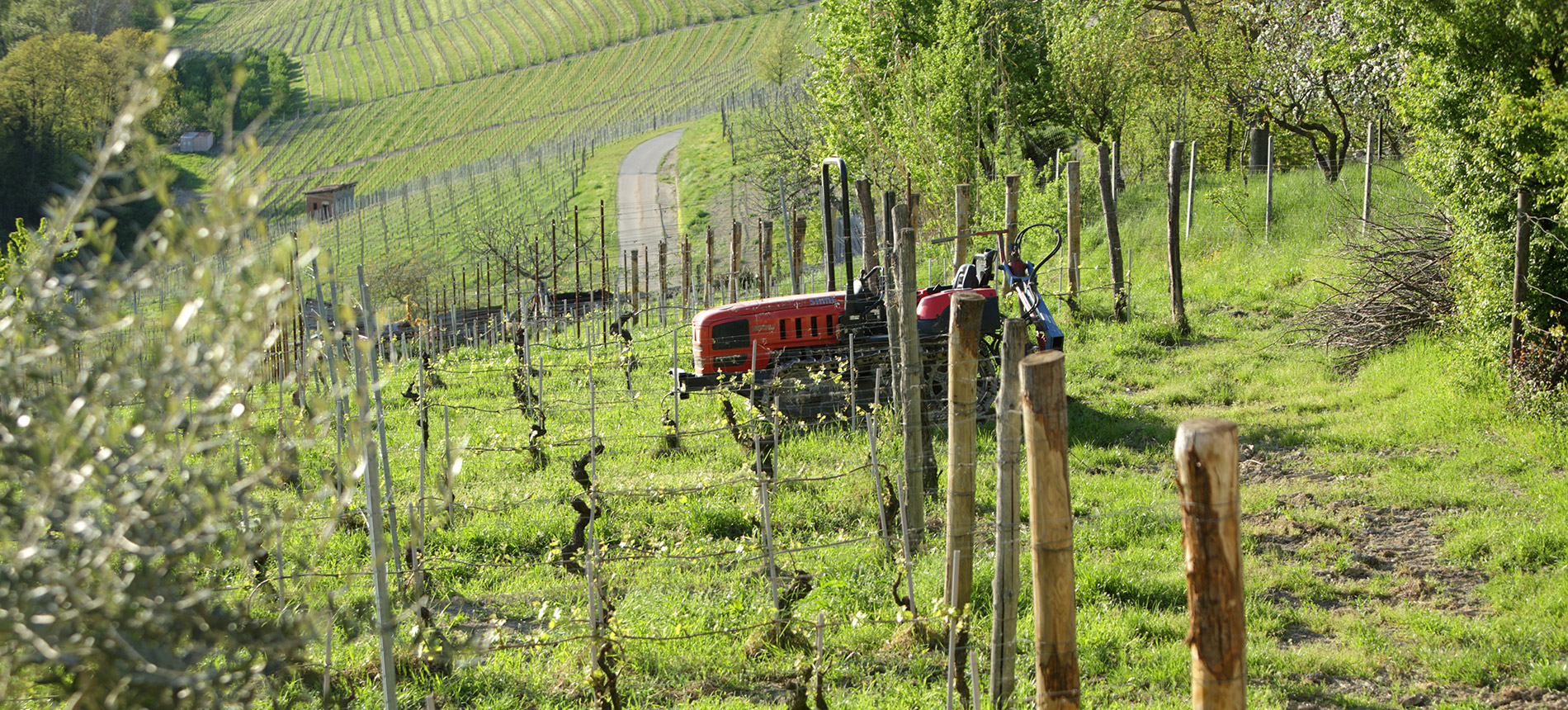Cascina delle Rose is a small, family-owned estate situated on the crest of the Rio Sordo cru, near its border with Tre Stelle. The winery was founded by Giovanna Rizzolio, but, since 2017, has been in the hands of her children, Riccardo and Davide Sobrino. It is a winery that has always been known for the purity and elegance of its style expressed in its cru Barbaresco. Giovanna‘s family comes from Alba, where they operated grain mills. Giovanna’s grandparents, Beatrice and Fernando, bought this small estate in Barbaresco in 1948, when they fell in love with the landscape and the place. When they bought the estate, it was a true farmhouse, with a grainary, stables, and the cantina below the house. They farmed the parcels of vineyards that came with the property, making and bottling wine, for family consumption or gifts for friends and visitors. The family, in fact, still has some bottles of 1952 in their cellar, though they believe some wine was bottled even earlier. Giovanna originally started living at the estate in the early 1980s, working to save up enough money to eventually buy the property from her extended family in 1992.
Barbaresco, at the time, was a very small, rural place with a somewhat closed mentality. It was unusual for a single woman from a significant family to move to the country to work the land. She was considered an “outsider,” even though she arrived there from Alba, only about 3 miles from Barbaresco! From the beginning, Giovanna did things a little differently, including working organically and avoiding chemical products in the cellar and vineyard when this was commonplace in the 1990s. She also understood the importance of food and wine culture and sharing this with visitors to Barberesco. She was the first licensed Agriturismo in the region, welcoming guests to stay at the estate. The mentality was much more closed than it is today, though she credits help from producers Marchesi di Gresy and Cascina Bruciata with mentoring and befriending her.
When Giovanna bought the estate, it consisted of 3.6 hectares. Today, the estate totals 7.5 hectares, with 5.5 hectares of vineyard and the balance forest, hazelnuts, and a few olive trees. The property included a large parcel of the renowned Rio Sordo cru. Later, in 2006, when the official crus were delimited in Barolo and Barbaresco, Rio Sordo was divided into two individual crus: Rio and Tre Stelle, abutting Rio Sordo to the northeast. Giovanna was essential in the push to have Tre Stelle awarded its status as an MGA because of the distinct characteristics of the vineyard and differences in the wines produced from these two vineyards. Tre Stelle has a thinner layer of topsoil where the vines are practically planted directly into limestone, whereas Rio Sordo has about a meter of topsoil above the limestone, giving more vigor to the vines. Both Rio Sordo and Tre Stelle have amphitheater characteristics, though Rio Sordo is more western exposed, while Tre Stelle is southwest and slightly warmer. The vines at Rio Sordo were planted in 1958, while Tre Stelle has undergone replanting, with the vineyards planted in 1972, 1978, 1997, and 2004. The younger vines from Tre Stelle always go into the Langhe Nebbiolo.
In 2017, Giovanna and Italo passed the reins to their children, Riccardo (b. 1992) and Davide (b.1987). Giovanna always strove to keep purity in her wines; always working in a very minimalistic way, using large barrels, trying to let her territory and the terroir shine through the wine. She, with her husband, Italo Sobrino, worked tirelessly towards this end, producing elegant and ethereal Barbaresco. She was always sort of fighting against a modern approach like her contemporaries Maria Teresa Mascarello and Giuseppe Rinaldi. Davide was 30, Riccardo was 25, when they took over, and both sons were already very passionate about viticulture and wine. Davide studied viticulture and enology in Alba and manages vineyards and a cellar. Riccardo is involved in both aspects with his brother, but also attended business school and is responsible for the commercial side of running the winery. Like many family estates, all decisions are made by the entire family. Riccardo says, “Davide has a great sensibility in the vineyards, has an intuition on what to do, and feelings. He is good at that. Vineyards are most important for us because we don’t buy or sell any grapes. Our production is always our own.”
In 2018, Riccardo and Davide were lucky enough to have the opportunity to lease a .5-hectare plot in the Marcorino cru of Neive, an area with much older geology than Rio Sordo or Tre Stelle. They were able to acquire one hectare, between two different parcels: Nebbiolo planted in 1944, the oldest plot at the estate, and 1996, with a very small amount of Arneis, planted in 1977. This addition brings their cru bottlings, starting with the 2021 vintage, to three. The soil at Marcorino is sandier while Rio Sordo and Tre Stelle are predominantly clay and limestone. Marcorino is southeast exposed, while the others are more west and southwest facing. Rio Sordo tends to have a broader, fuller body, whereas Tre Stelle tends to be lithe and more taught. Marcarino, with its sandy soils and southern exposure, is more open and aromatic.
Davide and Riccardo have changed very little in their farming and cellar practices from those of their parents. They continue to aim towards purity and elegance. They pick in small boxes, by hand, of course. The grapes are gently destemmed and crushed, vinified by parcel in stainless steel without temperature control. Maceration depends on the vintage. One change they implement when the vintage allows is the traditional “capello sommerso” submerged cap method. In 2016 to 2021, they used this method, while in 2022-2024, they chose to delestage or rack and return as their mother had done. In the cellar, each parcel within each cru is kept separately during fermentation. Macerations for Barbaresco last about 30 days, whereas the other wines are 15-20 days. The wines are kept in a mixture of older, neutral Slavonian oak from Garbalotto and a Swiss cooper called Küferei Suppinger. Dolcetto and Langhe Nebbiolo are aged in steel and concrete tanks, while their small amount of Arneis is aged in stainless steel. Barbera is in oak between 12-18 months and Barbaresco for 22-24 months, with an additional 3-6 months aging in bottle before release. As the estate is small, there is only a single bottling for each wine, in spring and summer. They use only minimal amounts of sulphur dioxide, with total ranging from 20 to 50 mg per liter.
Cascina delle Rose is a small, jewel of an estate, started with the deft and pioneering hand of Giovanna Rizzolio and now in the capable hands of her dynamic, complementary children Riccardo and Davide. The winery is in great hands for a bright future!

